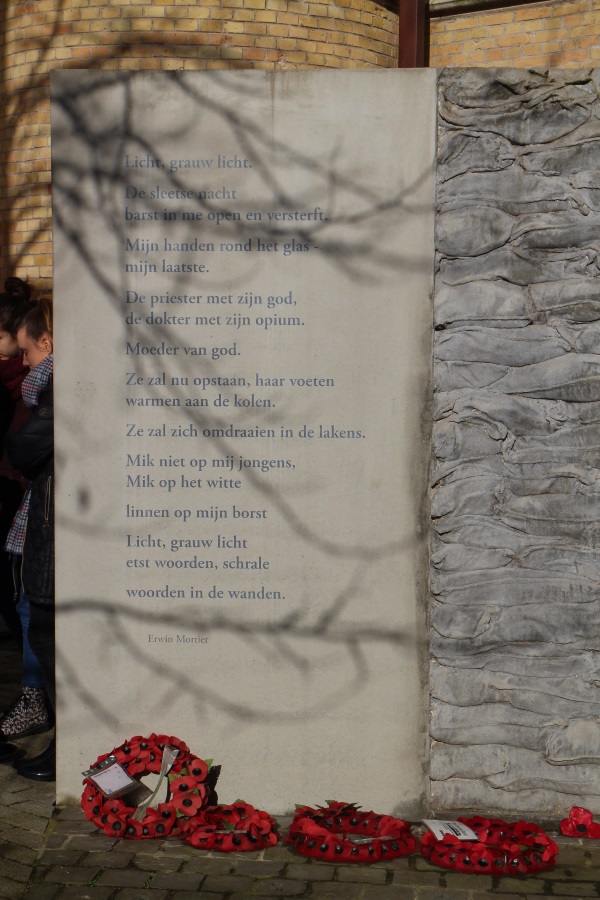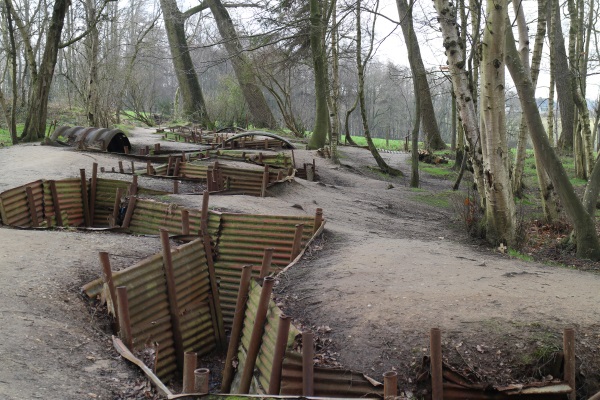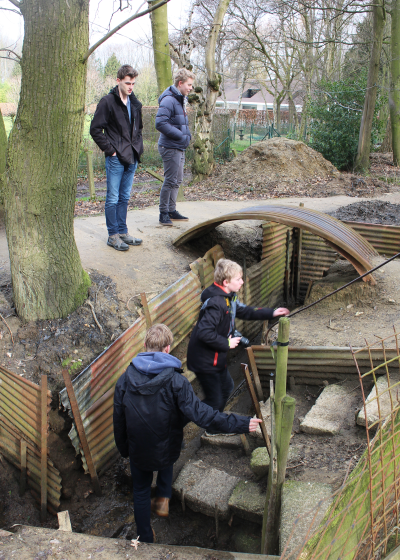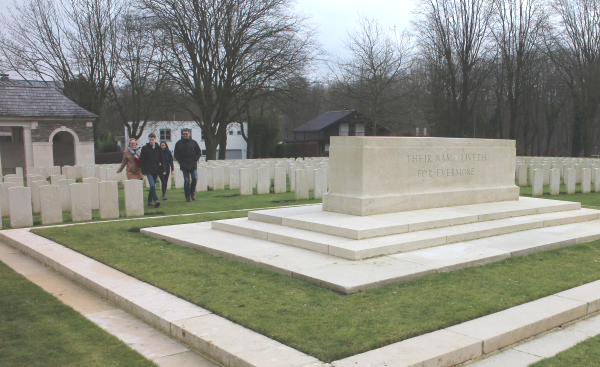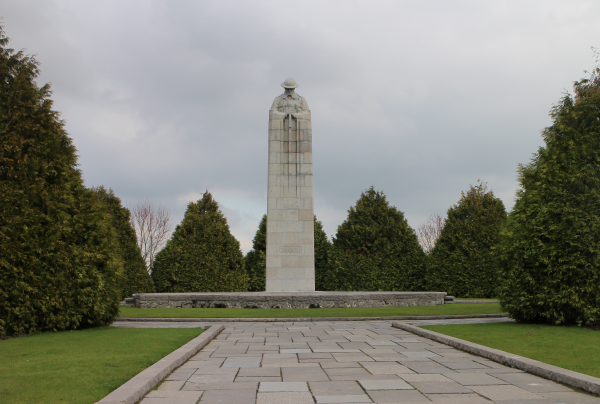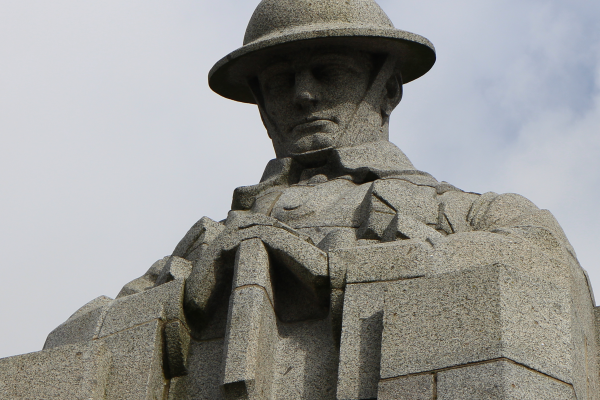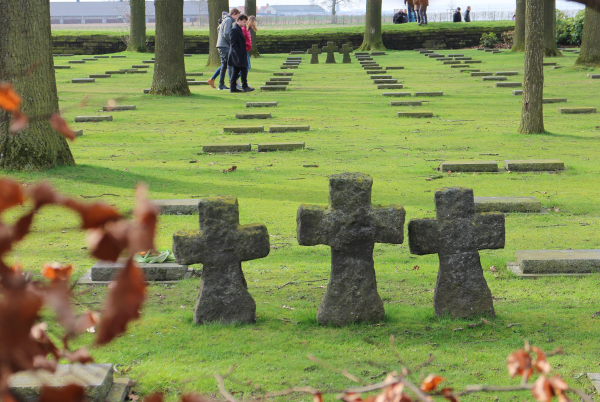 Dear All,
Dear All,
Time has gone by so quickly that it’s hard to believe it’s Easter again. It must be, though, because last year’s Christmas tree, which has turned its colour into a light, greyish brown, is now home to the Easter bunny in my garden. What do you think, should I decorate the twigs with eggs, too? 🙂
Since the beginning of the school year 2016/17, students and teachers in the International Programme at Goetheschule Essen have been pretty busy again. We completed an Erasmus module on WWI literature with a theatre workshop in Ikast (Denmark) in September, have started an eTwinning project (with schools from Cyprus, France, Germany, Italy, Poland and Romania) in November, visited a British Higher Education Fair in January, attended a Model UN Conference in Amersfoort (The Netherlands) in February, produced an Erasmus documentary on technological and scientific advances during WWI in Rotterdam (The Netherlands) in March and began researching WWI sources in local archives in April in preparation of our next Erasmus project week in Varazdin (Croatia). After the holidays we will welcome guests from France at our school and after that we are going to organise our 10-year IB anniversary.
But for now we all enjoy a two-week break and send the best of wishes to our partner schools in Dozulé (France), Ikast (Denmark), Lublin (Poland), Rotterdam (The Netherlands), Sunderland (Great Britain) and Porto (Portugal) and to our IB graduates all over the world.
Happy Holidays
Karmen Heup

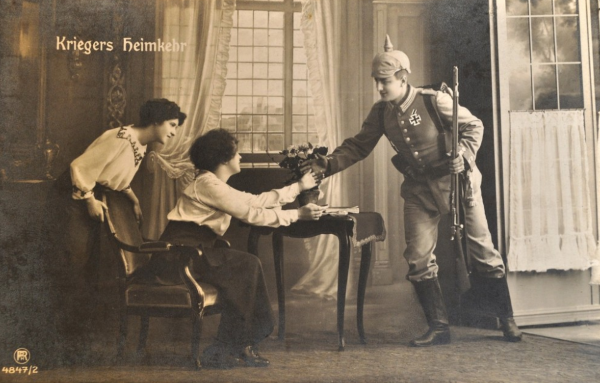 Schülerinnen und Schüler der Jgst. 9 bis 11 können sich in diesem Schuljahr erneut am Erasmusprojekt
Schülerinnen und Schüler der Jgst. 9 bis 11 können sich in diesem Schuljahr erneut am Erasmusprojekt 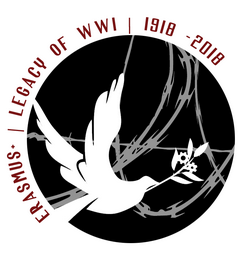 Während der Projektwoche in Kroatien könnt Ihr Euch je nach Interesse und Talent in unterschiedlichen Rollen an der Produktion eines englischen E-Books beteiligen, z. B. in den Bereichen Design und Illustrationen, Cartoons, Sachtexte oder kreative Texte. Die Gruppen werden dabei bunt gemischt mit Schülerinnen und Schülern aus Kroatien, Dänemark, Polen, den Niederlanden und natürlich aus Deutschland.
Während der Projektwoche in Kroatien könnt Ihr Euch je nach Interesse und Talent in unterschiedlichen Rollen an der Produktion eines englischen E-Books beteiligen, z. B. in den Bereichen Design und Illustrationen, Cartoons, Sachtexte oder kreative Texte. Die Gruppen werden dabei bunt gemischt mit Schülerinnen und Schülern aus Kroatien, Dänemark, Polen, den Niederlanden und natürlich aus Deutschland.
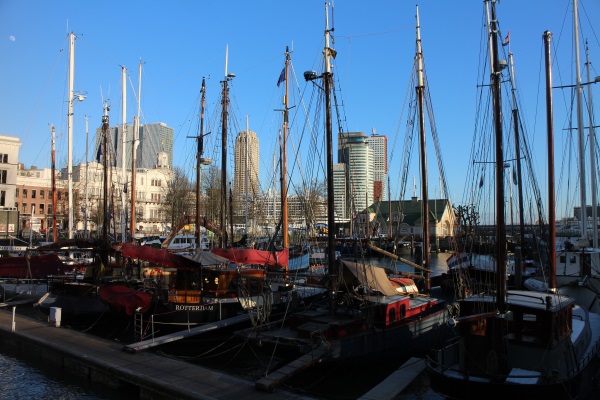
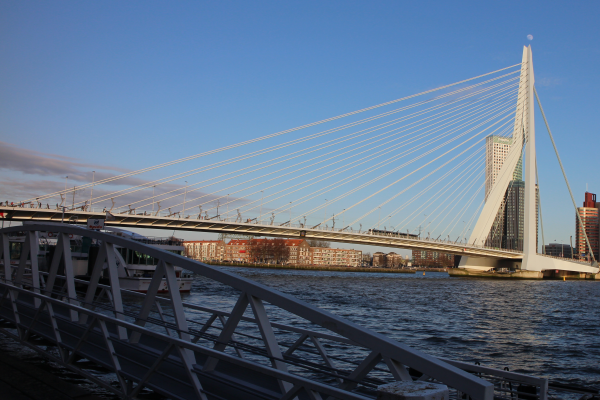


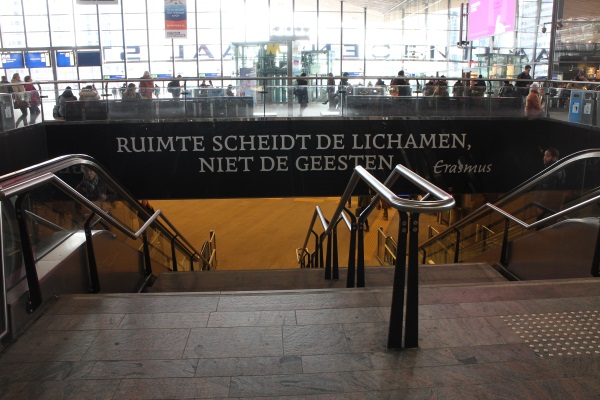

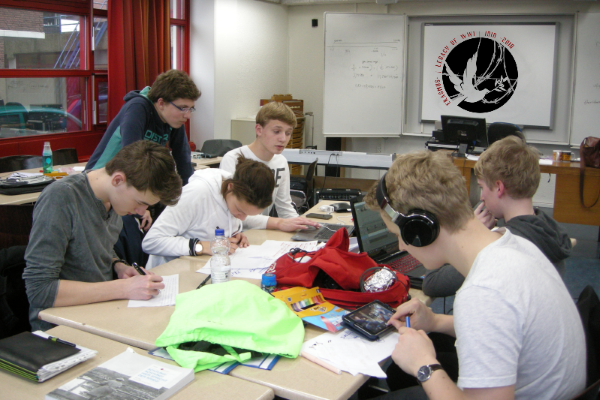
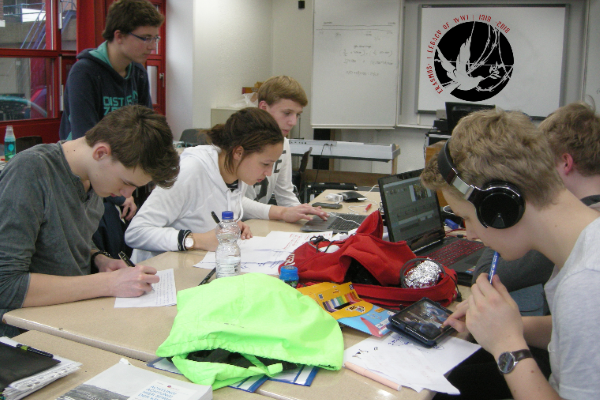
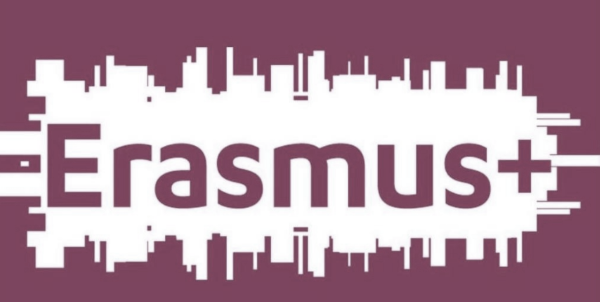 After having spent a night in the Peace Village in Flanders, the Erasmus group set out to explore the region with its many memorial places. Here are some sites which the young filmmakers chose to visit in order to make a documentary on scientific and technological advances and ethical issues during WWI.
After having spent a night in the Peace Village in Flanders, the Erasmus group set out to explore the region with its many memorial places. Here are some sites which the young filmmakers chose to visit in order to make a documentary on scientific and technological advances and ethical issues during WWI. Many traumatised soldiers, who suffered from shell shock, were considered cowards during WWI. In the prison cells of Poperinge town hall some spent the last night before their execution and carved graffiti into the walls while waiting for certain death. Outside, a poem by the Flemish poet Erwin Mortier reminds us of the soldiers’ fate.
Many traumatised soldiers, who suffered from shell shock, were considered cowards during WWI. In the prison cells of Poperinge town hall some spent the last night before their execution and carved graffiti into the walls while waiting for certain death. Outside, a poem by the Flemish poet Erwin Mortier reminds us of the soldiers’ fate.